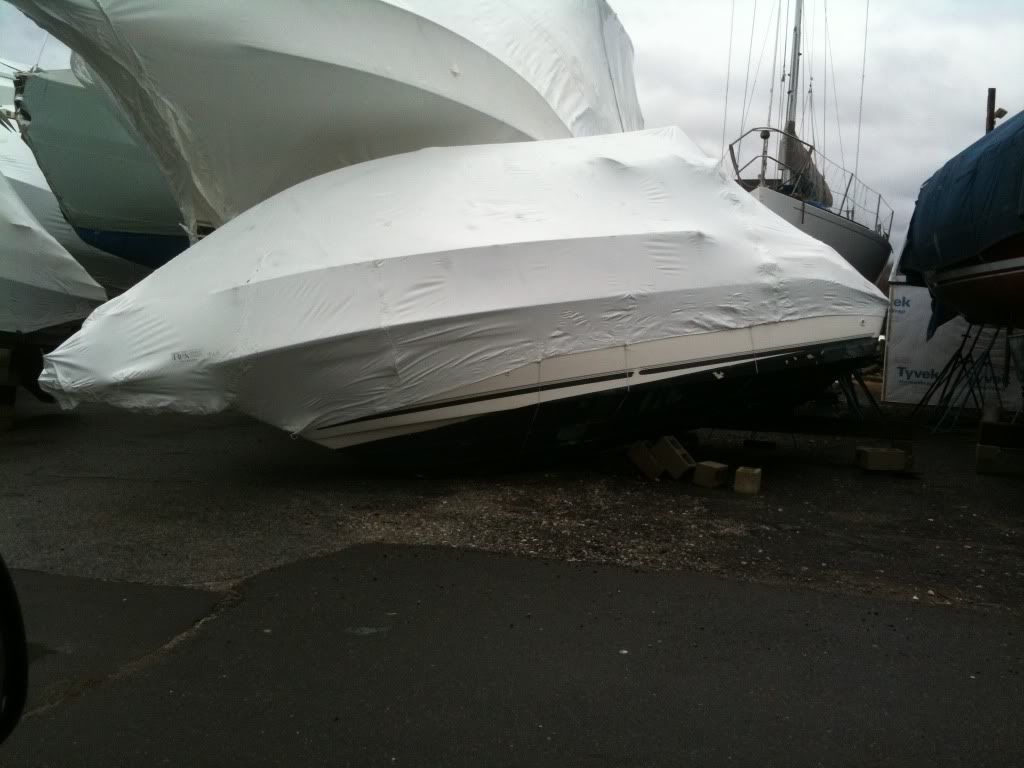Cincy Aquaholic
Active Member
- Mar 15, 2009
- 1,329
- Boat Info
- 290 SS - 2016 Ford F250 Powerstroke
- Engines
- Twin 5.7 with Bravo 1's
Cincy, Can you let us know where that was in NJ?
Honestly don't recall the name of yard but it was in your town of Brick, NJ I believe.










